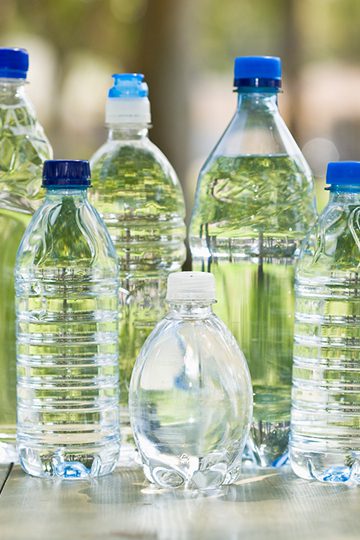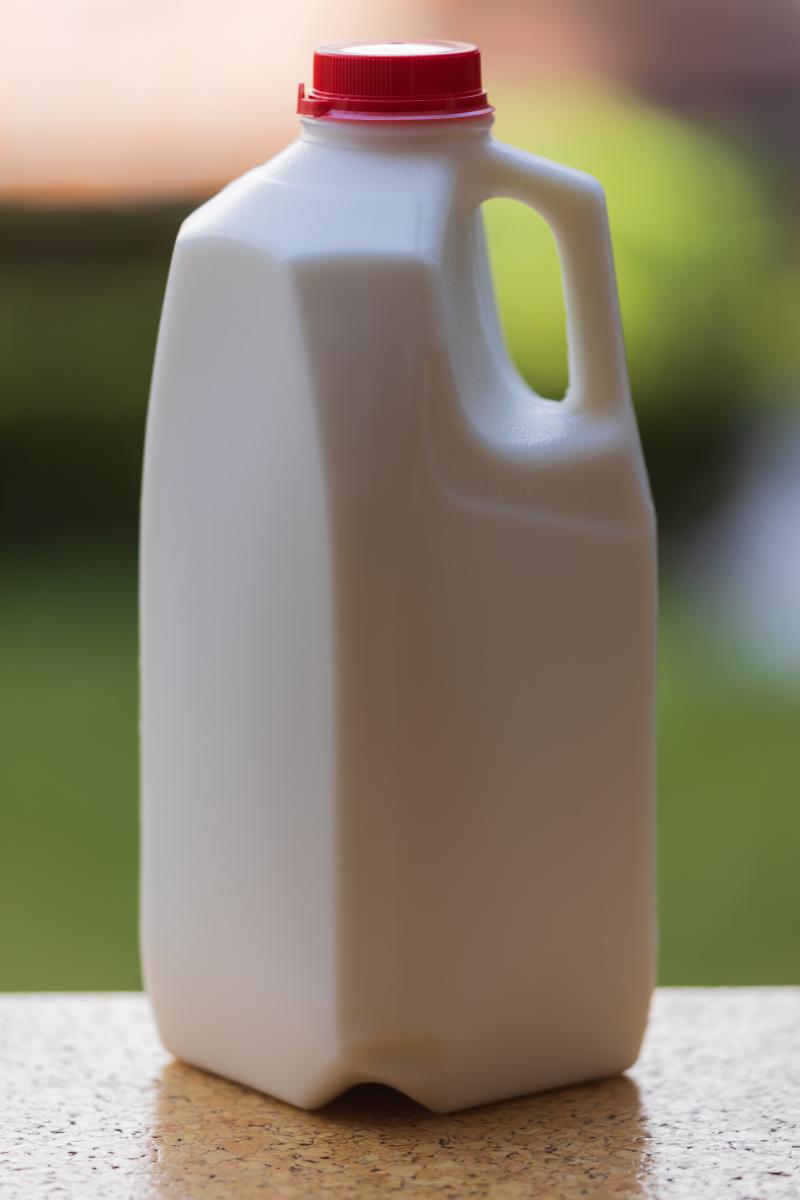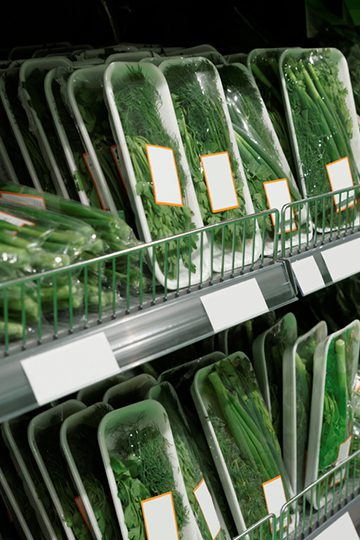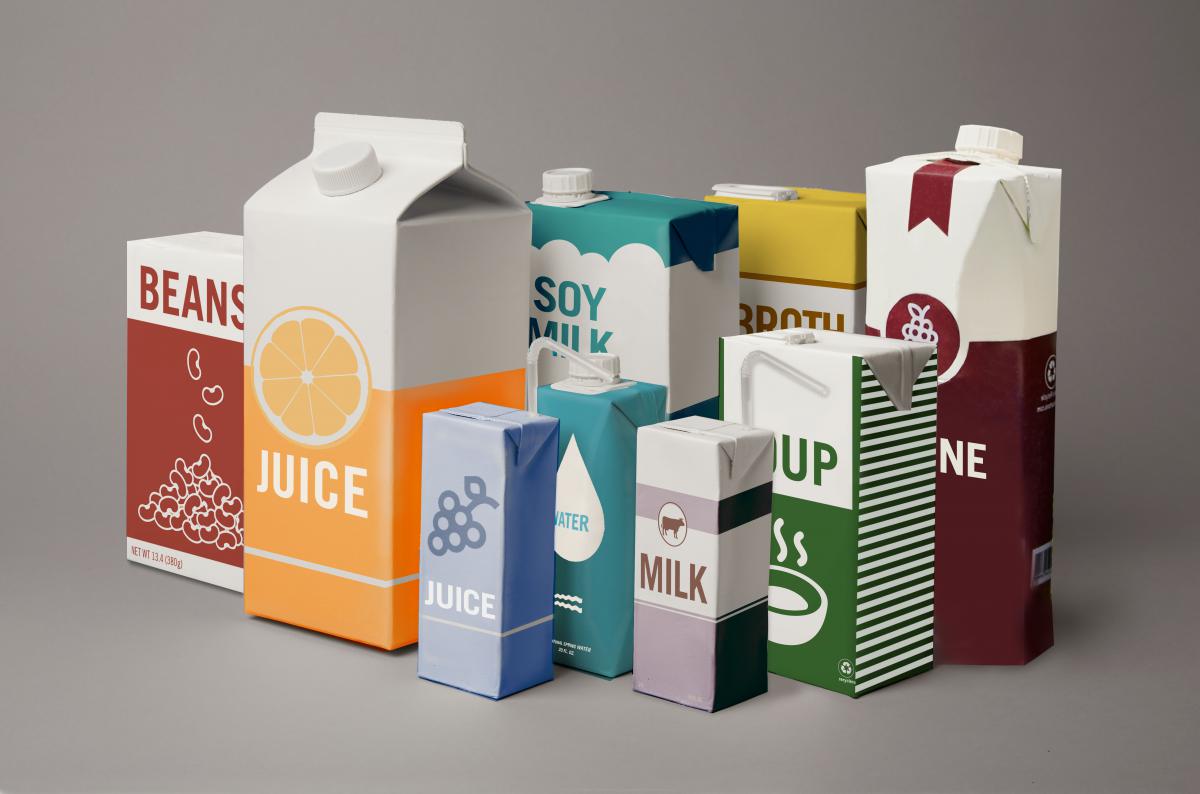The Pacific Northwest Secondary Sorting Demonstration Project (PNW Sort) is a 60-day recycling demonstration project managed by the Plastics Industry Association (PLASTICS) which involves installing a portable secondary sorting system where selected materials from four regional materials recovery facilities (MRFs) will be further sorted. This innovation will help create six additional streams of recyclables which will reduce waste going to landfills or adversely affecting our environment.








American Chemistry Council
“Advanced sortation technologies are an exciting area of development. We look forward to working with Titus MRF Services and the other participants to demonstrate how these technologies can help move plastics recycling forward. America’s plastics makers have set a goal for all plastic packaging to be reused, recycled or recovered in the United States by 2040. Improving access to technology and infrastructure will be a critical part of making that happen.”
Steve Russell, vice president of plastics, American Chemistry Council
Americas Styrenics
“AmSty has made substantial investments in the PolyUsable™ process solving both the technical and economic end-of-life challenges that have plagued post-use plastic items. The next step needed to ensure no product made from polystyrene ever needs to go to a landfill requires broad access to convenient and efficient recycling systems that collect, sort, and distribute plastic waste assuring its participation in the circular economy. The Pacific Northwest Secondary Sorting Demonstration is a great example of the infrastructure innovations needed for society to receive the benefits of plastic while minimizing its environmental footprint for our future generations.”
Berry Global
“At Berry, we believe strongly in the value of plastics. When post-use plastics are not recycled, that value is lost. Through this project, we plan to demonstrate the ability of a secondary MRF to capture the value of materials, like PP, that many existing MRFs may not have the capacity, throughput, or technology to sort. Projects such as this are critical as we work to ensure all of our products can be recycled and transition toward a more circular economy.”
Robert Flores, Vice President of Sustainability, Berry Global
Carton Council
“Food and beverage cartons contain some of the highest quality fiber in the recycling stream. The Carton Council is excited to work with these stakeholders who share our commitment to constantly improving the recycling value chain. We are dedicated to continuing to grow carton recycling in the Pacific Northwest, assuring cartons do not end up in landfills. We look forward to this demonstration and its outcomes.”
LyondellBasell
“Public-private partnerships like this, where governments and industry work together, show that if we collaborate we can devise solutions to address the complex, global issue of plastic waste,” said LyondellBasell Vice President Sustainability Jim Seward. “LyondellBasell is taking a holistic lifecycle approach to sustainability. Part of our strategy involves using less material on the front end of product development, devising new innovative solutions, creating strategic partnerships and collaborating across the value chain.”
Metro
Roy Brower, director of regional waste programs for Metro, a regional government serving the greater Portland metropolitan area said, “Metro is working with the Oregon Department of Environmental Quality, local recyclers and others to ensure that the region has a strong and resilient recycling system in the future. Metro is supporting this demonstration project because it will test a potential innovative sorting approach that could increase recycling.”
“At Milliken, we believe in a brighter future for people and for the planet. Through our partnership with the PNW Secondary Sorting demonstration project, we are proud to address a critical link needed to create a more circular future for plastics. Milliken believes that plastics improve people’s lives, and we are working passionately to transform the impact that plastics have on the environment for the better. Our solutions are used to upgrade recycled plastics and the success of our customers is wholly dependent on an abundant and growing supply of recovered plastic packaging. This PortaSort demonstration is key to showing what can be efficiently and effectively recovered from municipal recycling streams. Together, we will positively impact the world around us—now and for generations to come.”
– Allen Jacoby, Vice President, Plastics Additives Business, Chemical Division of Milliken & Company
Titus MRF Services
“Titus MRF Services is excited to work with the Portland Area MRFs,” said Mike Centers, founder and president of Titus MRF Services. “Together we will use the portable sorting system to demonstrate sorting technologies, conduct material audits and use that data to learn how best to sort more materials placed in the recycling bin by the area’s home owners.”
11.27.19 | PET Planet
11.26.19 | Waste Advantage Magazine
11.26.19 | ETMM Online
11.25.19 | Waste Today
11.22.19 | Plastics Today
11.22.19 | European Plastic Product Manufacturer Magazine
9.26.19 | Plastics News
9.6.19 | Oregon Business-Plastic Money
8.20.19 | Resource Recycling
6.25.19 | Waste Dive
6.19.19 | Plastics Recycling Update
6.19.19 | Plastics Technology






PET is a widely used plastic material that’s lightweight, strong and often transparent. It’s common in food packaging, including plastic water bottles, and also in fabrics, such as polyester. Sometimes a product will be labeled with rPET, which means the material used in the product is recycled PET.
Polyethylene is the world’s most common plastic, and it most often appears in three forms: high-density, low-density and linear low-density (we’ll discuss those more below). The high-density version (HDPE) is the strongest of the three and is most often used in food packaging (most famously in gallon milk jugs).
Many beverage cartons, including Boxed Water, are made with an HDPE liner to increase their effectiveness. HDPE is often selected for its strength and, particularly, its resistance to moisture, which makes it ideal both for storing milk and for more rigorous applications, such as pipes and plastic lumber, which can withstand years of weathering from rain and changing temperatures.
LDPE is a softer, clearer, more flexible version of HDPE—and it has its own strengths as well. It’s often used as a liner inside juice and milk cartons, and it’s used in corrosion-resistant work surfaces and other products, such as six-pack rings and plastic wrap.
Lightweight plastic film, like a lot of LDPE applications, is lighter and more efficient than many alternatives, which helps us shrink our environmental footprint by reducing waste, energy use and carbon emissions.
PP is more heat resistant than some other plastics, making it ideal for use in food packaging and food storage that’s made to hold hot items or be heated itself.
It’s another plastic that’s chemically inert and durable, particularly when a product needs to be opened, closed or bent—like a hinge repeatedly (think of a DVD box). PP stretches to allow a consumer access to a product inside but retains its shape and strength for a long time.
Polystyrene is among the most diverse plastic materials, able to be processed in a way that produces packing peanuts, home insulation and even red party cups. It’s also one of the only materials that can be recycled or chemically processed to return back to its original state.
All of these materials are recyclable, but often the process of recycling can cause some of them to lose important characteristics. In certain processes, used PS can be returned to its original state, losing none of the properties that made it so useful and diverse in the first place.
Cartons are a type of packaging for food and beverage products you can purchase at the store or online. They are easy to recognize and are available in two types—shelf-stable (also known as an aseptic carton) and refrigerated (also known as a gable top carton). Cartons are mainly made from paper with thin layers of polyethylene (plastic). Shelf stable cartons also have a thin layer of aluminum to block out light and oxygen.